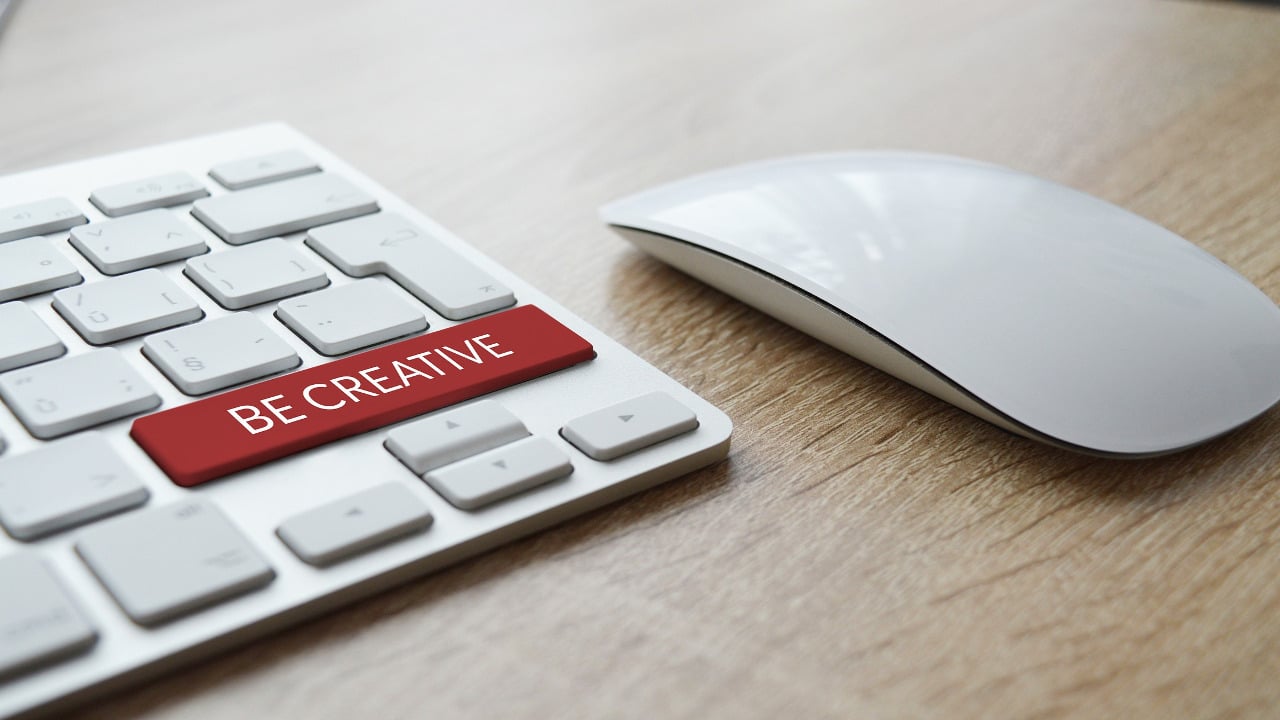The benefits of flexible working in the creative industries
Is it time to unshackle creative workers from the grind of 9 to 5?Trust is a crucial factor across every section of the creative industries. Clients trust agencies to deliver high quality work. Consultancy heads trust their teams to ensure that projects run smoothly and their workers stay on task. On the hiring side, companies trust recruiters to find them the best talent for the job at hand.
But somehow, despite all the trust circulating in creative companies, many bosses still haven’t come around to the idea of flexible working hours. This increasingly popular way of working adapts to suit an individual employee’s needs, and may include flexible start and finish times or the option to work from home. This open-minded approach offers creative people the space and adaptability to do what they do best: create.

Project managers generally expect their team to start work at 9am, and they’ll usually be contracted to finish around 5pm. In practice, however, creatives often work overtime. Some find themselves staying late at the office and returning home exhausted as a result. Indeed, the traditional 9 to 5 working day is already being disrupted – but not in a way that maximises productivity or creativity.
Creatives benefit from the opportunity to bounce ideas off of others and co-create with their team, but they also need time alone to think and come up with ideas. Most creatives are driven by their own sense of wanting everything to be brilliant, so unnecessary interference at inopportune times can result in workers feeling stifled rather than motivated.
Getting the balance right demonstrates to employees that senior staff have faith in them to do their job and deliver on projects without the pressure of feeling micromanaged. Productivity isn’t and shouldn’t be judged by the number of hours a worker sits at a desk in a studio. In reality, creative thinking can happen anywhere and at any time. Working arrangements must embrace this if creative companies are to stay fit for purpose in future.
How Countries Around the World Use Flexible Work
Other countries are already beginning to experiment with flexible hours patterns and alternative arrangements for working. In Sweden, an experiment at a Gothenburg care home last year saw nurses switch from an eight-hour work day to a six-hour work day for the same wage. The results were clear: staff were not only happier, but more productive too.
It is found that working hours up to 25–30 hours per week have a positive impact on cognition
Meanwhile, research conducted by Japanese experts recently found that a three-day working week is the best way to strike a balance between stimulation and stress for workers over 40. The study, which looked at 6,500 workers across Australia, revealed that people who work 25 hours a week were able to perform better in cognitive tests. Increased cognition will surely help workers excel at just about any task they tackle.
The key to encouraging creative staff to do the best work possible is more freedom, not more restriction. The latter is far more likely to stifle workers than enhance their work output in terms of creativity and productivity. But for this strategy to work, freedom has to be combined with brilliant communication to ensure that teamwork is still at the forefront of every project.
These days though, digital tools like WhatsApp, Slack and Trello – available free of charge or for a minimal cost – help teams keep in constant, convenient contact whether they’re in the same office or halfway across the world from each other. So communication definitely shouldn’t be what holds creative firms back from taking full advantage of flexible work, and the positive impact it can have on their staff.


